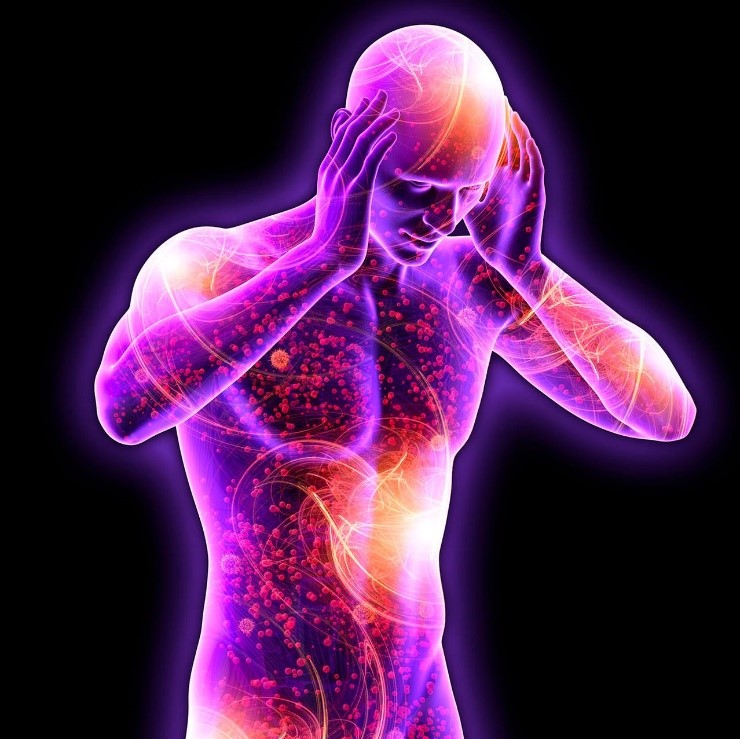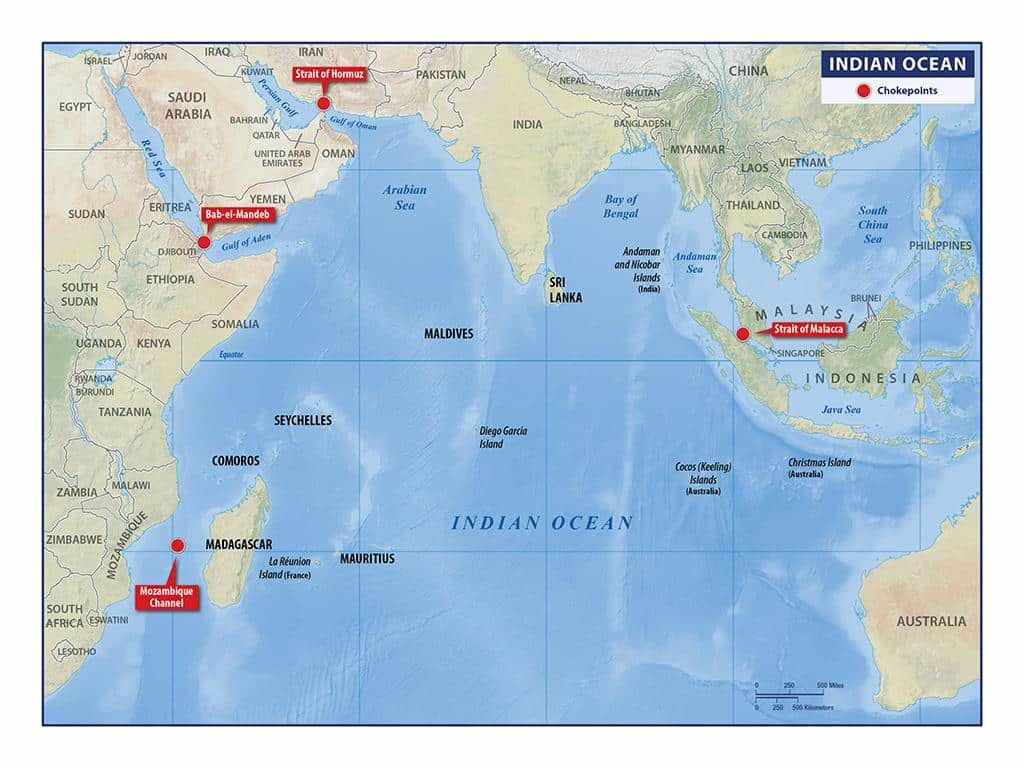




In economics, financing refers to the ways individuals, businesses, and governments obtain funds for their activities. Various methods exist, from traditional debt and equity financing to modern approaches like crowdfunding and venture capital. Understanding these concepts is essential for UPSC exam preparation.
Click to View More.jpg)
A Virtual Private Network (VPN) is a service that allows us to securely connect to the internet through an encrypted tunnel. It helps protect our online privacy and data by hiding your IP address and encrypting our internet connection, which makes it more difficult for others to track our online activities or intercept our data. VPNs are commonly used for accessing region-restricted websites or services, bypassing censorship, securing public Wi-Fi connections, and maintaining anonymity online.
Click to View More
Diseases are abnormal conditions that affect the body's normal functioning. They can be caused by pathogens such as bacteria, viruses, fungi, or parasites, as well as by non-infectious factors such as genetic mutations, lifestyle choices, and environmental factors.
Click to View More
Polymers are large molecules made up of repeating structural units called monomers. They can be classified into several types based on their structure, properties, and uses.
Click to View More
The Indian Ocean Region (IOR) holds immense strategic importance due to its vast expanse of waterways, which serve as critical arteries for global trade and commerce. However, this region is also plagued by a myriad of security challenges, ranging from piracy and maritime terrorism to territorial disputes and illegal fishing activities. In this blog, we will delve into the key challenges facing maritime security in the IOR and explore the strategies employed to address them.
Click to View More© 2025 iasgyan. All right reserved